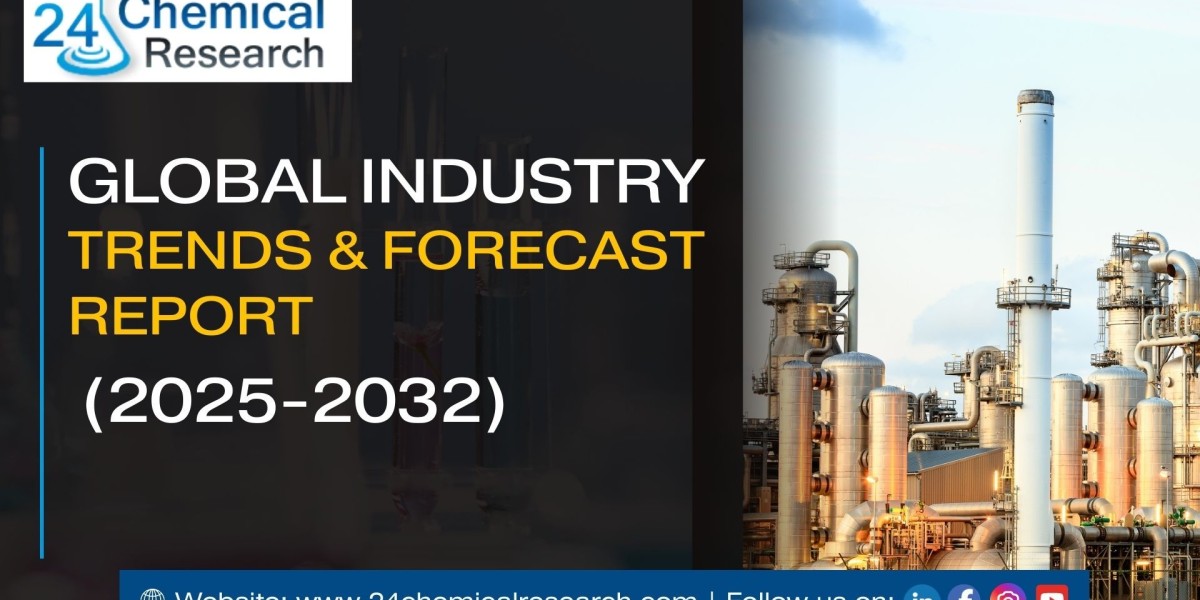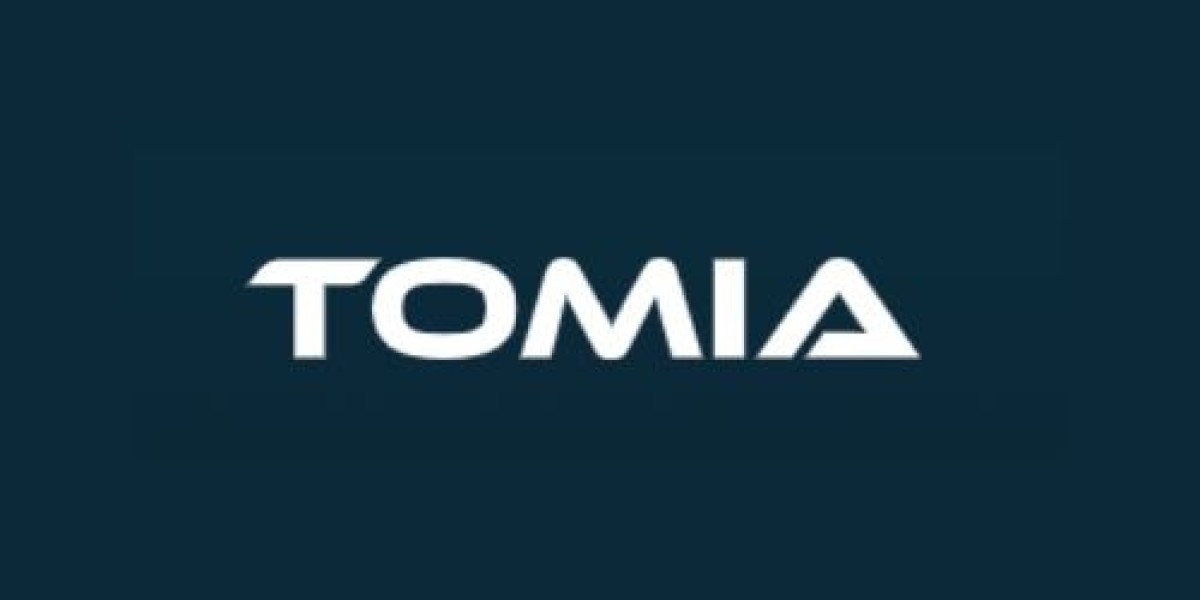Introduction
Fibrinogen concentrate has become a crucial component in modern medical treatment, particularly in trauma and surgical procedures where blood clotting is vital. As global healthcare advancements continue, the demand for fibrinogen concentrate is increasing due to its effectiveness in managing bleeding disorders, major surgeries, and trauma cases. This market is being driven by increased surgical procedures, rising trauma cases, and ongoing research into improving coagulation therapies.
Understanding Fibrinogen and Its Role in Clotting
Fibrinogen is an essential glycoprotein responsible for blood clotting. It converts into fibrin through enzymatic reactions, aiding in the formation of stable blood clots.
Deficiency or dysfunction of fibrinogen can lead to severe bleeding complications. Such deficiencies can be congenital, such as afibrinogenemia and dysfibrinogenemia, or acquired, often resulting from major surgeries, liver disease, or trauma-induced coagulopathy. Fibrinogen concentrate is administered to restore normal clotting function in these patients, reducing the risk of excessive bleeding and improving patient outcomes.
Market Growth and Key Drivers
The global fibrinogen concentrate market is projected to grow significantly due to various factors:
1. Increase in Surgical Procedures
With a rise in complex surgeries, including cardiovascular, orthopedic, and transplant procedures, the demand for fibrinogen concentrate has surged. Surgeons rely on these concentrates to prevent and manage intraoperative bleeding, ensuring successful surgical outcomes.
2. Rising Trauma Cases and Emergency Care Needs
According to the World Health Organization (WHO), road traffic accidents are one of the leading causes of trauma-related deaths globally.
Military and battlefield injuries also contribute to the increasing use of fibrinogen concentrate in trauma management.
Natural disasters, industrial accidents, and workplace injuries have amplified the demand for efficient coagulation solutions.
3. Growing Awareness of Coagulation Disorders
Increased awareness about hemophilia, von Willebrand disease, and rare fibrinogen disorders has led to early diagnosis and treatment.
Governments and healthcare institutions are supporting education and accessibility to fibrinogen therapies.
4. Technological Advancements in Hemostatic Agents
Improved formulations of plasma-derived and recombinant fibrinogen concentrates are being developed to enhance safety and efficacy.
Advanced drug delivery systems ensure better bioavailability and faster clotting action.
Challenges in the Fibrinogen Concentrate Market
Despite promising growth, the market faces certain challenges:
1. High Production Costs
The extraction and purification of fibrinogen from human plasma require sophisticated technology and stringent quality control measures.
High costs may limit access to these treatments in developing countries.
2. Limited Availability in Low-Income Regions
Many healthcare systems in low-income regions struggle to provide affordable access to fibrinogen concentrate.
Reliance on donations for plasma-derived products may lead to supply chain issues.
3. Stringent Regulatory Approvals
Regulatory authorities such as the FDA (U.S.), EMA (Europe), and WHO impose strict guidelines for product approval.
Extensive clinical trials are required to ensure safety, efficacy, and stability of fibrinogen therapies.
Regional Market Insights
North America leads the market, driven by advanced medical infrastructure, high surgical volumes, and significant investments in blood disorder treatments.
Europe follows closely, with strong research initiatives and government support for coagulation therapies.
Asia-Pacific is emerging as a fast-growing market, fueled by an increasing number of surgeries, trauma cases, and healthcare improvements.
Latin America, the Middle East & Africa are gradually expanding their fibrinogen treatment capacities, though accessibility remains a concern.
Future Outlook: What Lies Ahead?
The future of the fibrinogen concentrate market looks promising, with continuous innovations aimed at improving patient care:
Development of Recombinant Fibrinogen: Research is ongoing to create synthetic fibrinogen that eliminates risks associated with human plasma-derived products.
Expanded Indications: Beyond trauma and surgery, fibrinogen concentrate may find uses in oncology, postpartum hemorrhage management, and critical care medicine.
Conclusion
The fibrinogen concentrate market is on a robust growth trajectory as demand for hemostatic solutions increases across various medical fields. With ongoing research, regulatory advancements, and the integration of new technologies, fibrinogen concentrate is set to play a transformative role in modern healthcare. As healthcare providers and policymakers focus on improving accessibility, the market is expected to expand further, benefiting both patients and medical professionals worldwide.








